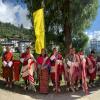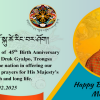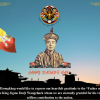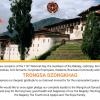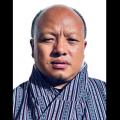Health
The Dzongkhag Health Sector is geared towards the consolidating health infrastructure, making full accessibility of human resources in all the health centers to provide equitable, equality, quality and prompt health care services. To move ahead through professionalism, efficiency, accountability, ownership and with optimum utilization of available resources; in the provision of quality healthcare services to the general public based on the primary health care system.
The Dzongkhag has one General hospital of 20 beded which is serving as the first referral center for BHUs, Sub Post and project health clinics. To cover the entire population six Basic Health Units (BHUs), and 22 Out Reach Clinics including three Sub-Posts were spread among five Gewogs. In terms of human resource, it has almost more than eighty health personals deployed in different level of health facilities to curtail unreached communities. Most of the villages are having VHWs to boost the accessibility of the basic health care services in the communities. Regarding the morbidity pattern in the Dzongkhag, unlike in the past, prevalence of NCD are quite high. However, the most common health problem is ARI followed by skin disorders. Some of the activities carried out by the health sector were; training of VHWs and representative from Shedras and Gomdys including distribution of mobile phone to the VHWs, Conducting Pap Smear campaign, School Health Program, Sensitization on STI, NCDs and other communicable disease, Alcohol harm reduction project in two communities and piloting elderly health care program at Drakten
Gewog.
According to annual household survey 2016 the population of the Dzongkhag is 15,462 with almost equal ratio between male and female. Female population within the reproductive age group is around 27% and children under 5 yrs comprise of almost 8% of the population. (These population include the Bhutanese as well as Non-Bhutanese who resides more than six months within the Dzongkhag during the particular year)
